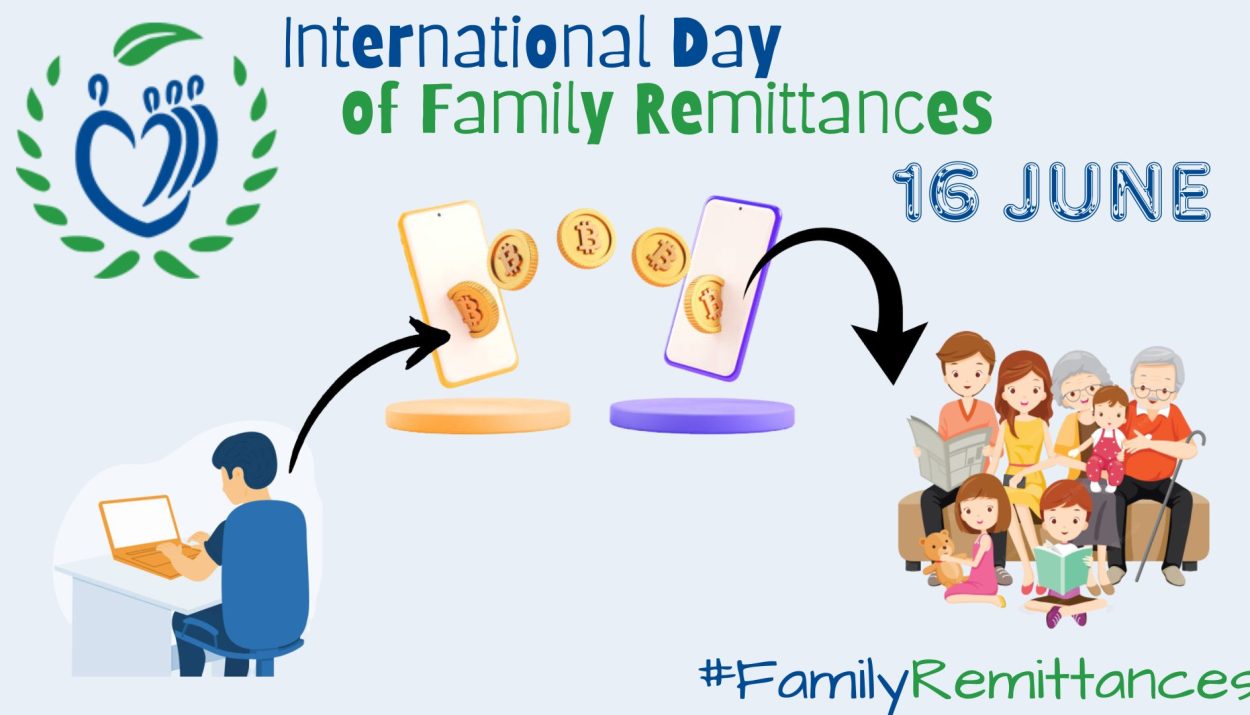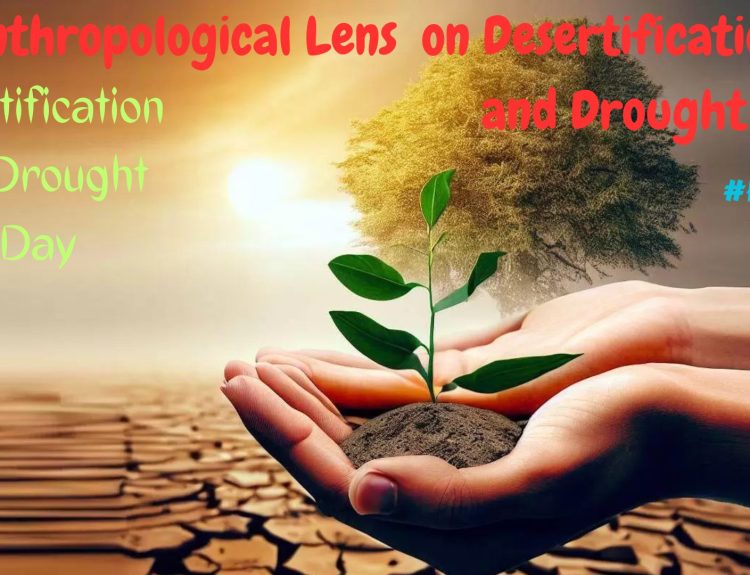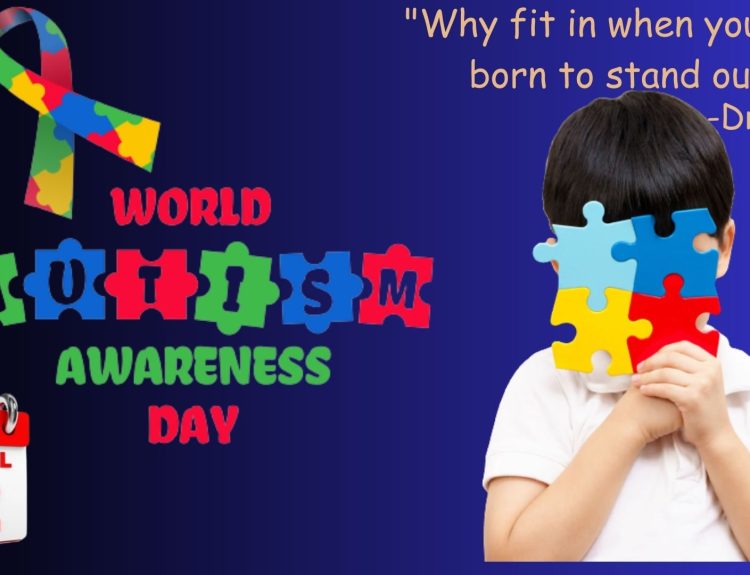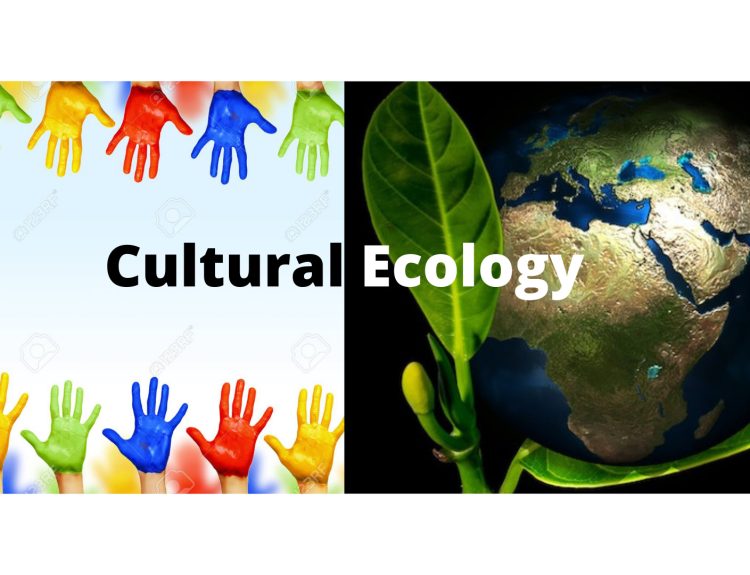The International Day of Family Remittances (IDFR) is an internationally recognized event established by the United Nations General Assembly, celebrated annually on June 16th. This yearly commemoration provides a platform to acknowledge the invaluable contributions of migrant workers who remit money to their families and communities in their countries of origin. By observing this day, the United Nations seeks to raise awareness about the profound impact of these contributions on countless households, communities, and even entire regions. Furthermore, the IDFR urges governments, private sector entities, and civil society to explore avenues that can optimize the influence of remittances through individual and collective initiatives.
As per the United Nations (UN), the total international remittances directed towards low- and middle-income countries (LMICs) reached a significant sum of US$626 billion in 2022. These regular monthly transfers, averaging between US$200 and US$300, play a crucial role in supporting basic household needs and have a transformative impact on both households and local communities. They serve as a catalyst for families to pursue their own Sustainable Development Goals (SDGs) and achieve positive outcomes.
Despite the evident benefits, the cost of transferring US$200 across international borders to LMICs remains relatively high. In the second quarter of 2022, the average cost stood at approximately 6%. Mobile providers offer comparatively better rates, averaging 3.5%. However, the utilization of digital channels for remittance transactions remains relatively low, accounting for less than 1% of total transactions. Nonetheless, digital technologies have significantly improved remittance services, making them faster and more cost-effective.
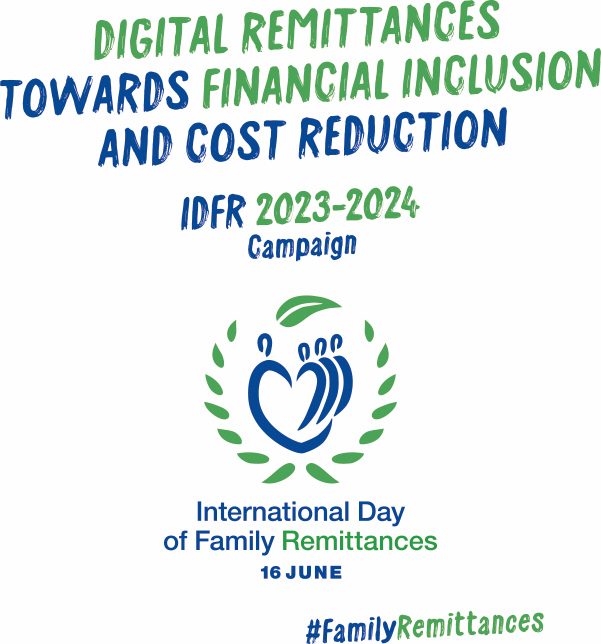
Defining remittances
Remittance refers to the act of sending money or transferring funds from one place to another, typically from a migrant worker in a foreign country back to their home country or to their family and loved ones. It involves the transfer of financial resources earned by individuals who have migrated from their home country to another country in search of employment opportunities, better wages, or improved living conditions. Remittances can take various forms, including cash, bank transfers, mobile payments, or in-kind transfers.
The International Monetary Fund (IMF) defines remittances as “when migrants send home part of their earnings in the form of either cash or goods to support their families, these transfers are known as workers’ or migrant remittances”.
The rise of global migration and its impact on remittance flows
The rise of global migration and its impact on remittance flows has been a significant phenomenon shaping the global economy and social dynamics. Migration involves the movement of people from one country to another in search of better opportunities, such as employment, education, or refuge from conflicts and instability. As more individuals migrate, the volume of remittances sent back to their home countries has witnessed a substantial increase, with profound implications for both sending and receiving nations.
Globalization, improved transportation, and communication networks have facilitated increased migration across borders. Economic disparities, political unrest, demographic imbalances, and environmental factors are among the key drivers of migration. As migrants move to new countries, they often establish roots, build communities and form ties with their home countries. This connection motivates them to send money back to their families and support their communities.
Read- Migration around the world
The rise of global migration has resulted in increased remittance flows, which have significant economic, social, and cultural impacts. Remittances have become a vital lifeline for many households, contributing to poverty reduction, human development, and economic resilience. Understanding the dynamics of remittance flows and implementing appropriate policies can harness the full potential of remittances to promote inclusive growth and sustainable development in both sending and receiving countries.
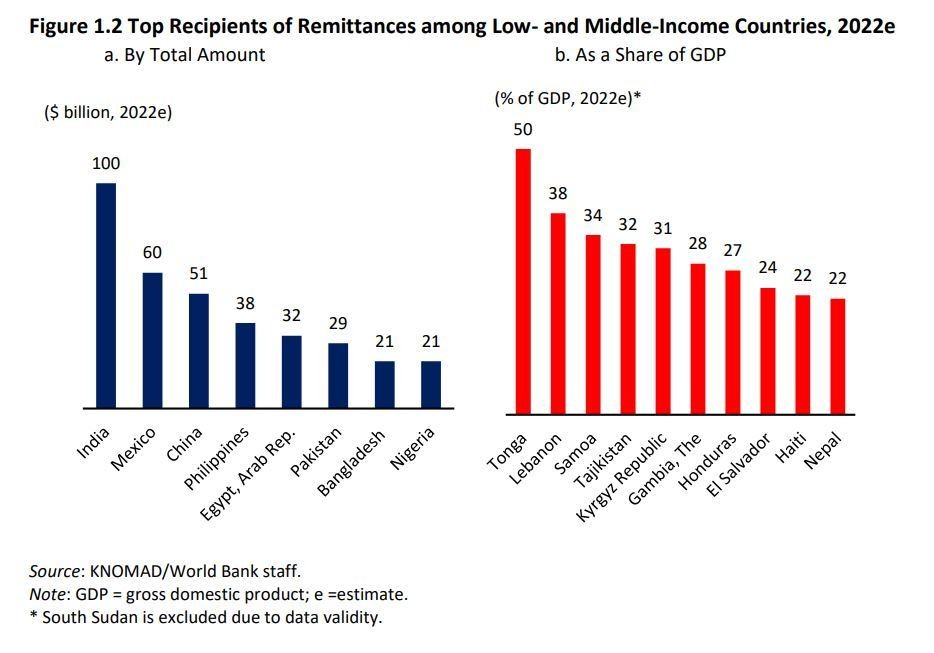
Challenges and Opportunities in Remittance Flows
Remittances have emerged as a significant source of income for many developing countries. They often surpass foreign direct investment and official development assistance in terms of financial inflows. The funds received through remittances contribute to household income, increase purchasing power, and fuel local economic activities. This, in turn, stimulates consumption, boosts small businesses, and drives overall economic growth.
Remittances play a vital role in poverty reduction and improving living conditions. The funds received help recipient households afford basic necessities, such as food, shelter, healthcare, and education. By providing financial stability, remittances enable families to invest in human capital development, such as education and skill acquisition. This investment contributes to long-term human development, enhances productivity, and expands opportunities for upward mobility.
Remittances have social and cultural implications, as they strengthen family bonds, maintain cultural traditions, and support community development. They help migrants maintain a sense of belonging and connection with their home countries, despite physical distance. The financial support provided through remittances also strengthens social safety nets within communities, providing a lifeline during times of economic hardship or crises.
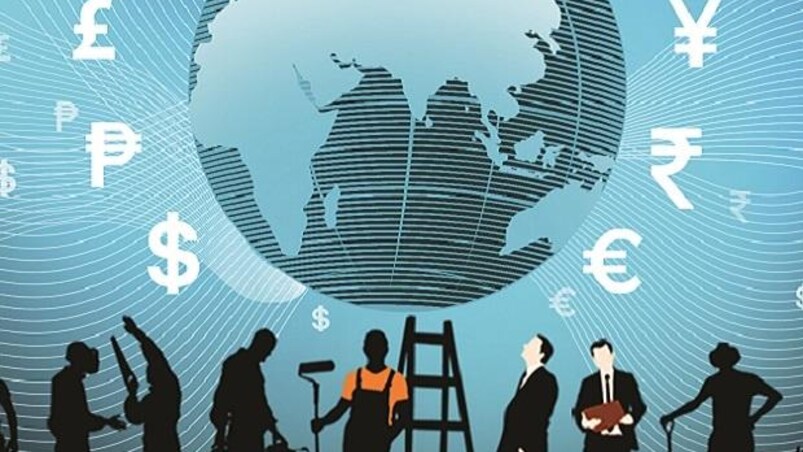
While remittances bring numerous benefits, they also pose macroeconomic challenges. Heavy reliance on remittances can create vulnerabilities, as economic shocks or changes in migration patterns can disrupt the stability of recipient economies. Governments and policymakers need to adopt strategies to leverage remittance flows effectively. This includes promoting financial inclusion, reducing remittance transfer costs, facilitating investment channels, and implementing policies that promote the productive utilization of remittances for sustainable development.
Conclusion
International Family Remittances Day celebrates the remarkable contributions of migrant workers who selflessly support their families and contribute to the economic development of their home countries. Remittances serve as lifelines, empowering families and communities, enhancing financial inclusion, and fostering economic resilience. As we commemorate this day, it is crucial to recognize the challenges faced by migrants and the need for collaborative efforts among governments, financial institutions, and technology providers to address these challenges and promote a more inclusive and sustainable global financial system. By doing so, we can harness the full potential of remittances to drive positive change and create a brighter future for individuals and societies worldwide.


